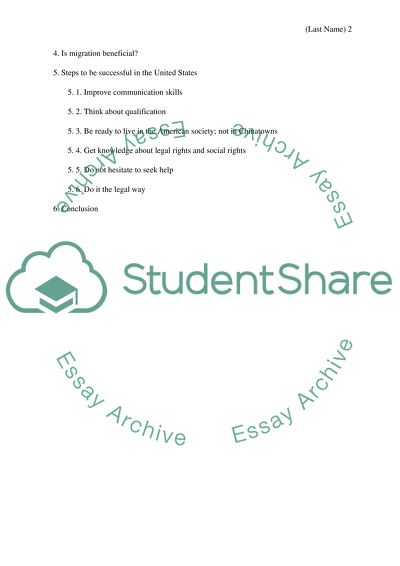Cite this document
(“Problem of Chinese Immigrants in the U.S Research Paper”, n.d.)
Problem of Chinese Immigrants in the U.S Research Paper. Retrieved from https://studentshare.org/sociology/1491992-problem-of-chinese-immigrants-in-the-us
Problem of Chinese Immigrants in the U.S Research Paper. Retrieved from https://studentshare.org/sociology/1491992-problem-of-chinese-immigrants-in-the-us
(Problem of Chinese Immigrants in the U.S Research Paper)
Problem of Chinese Immigrants in the U.S Research Paper. https://studentshare.org/sociology/1491992-problem-of-chinese-immigrants-in-the-us.
Problem of Chinese Immigrants in the U.S Research Paper. https://studentshare.org/sociology/1491992-problem-of-chinese-immigrants-in-the-us.
“Problem of Chinese Immigrants in the U.S Research Paper”, n.d. https://studentshare.org/sociology/1491992-problem-of-chinese-immigrants-in-the-us.


